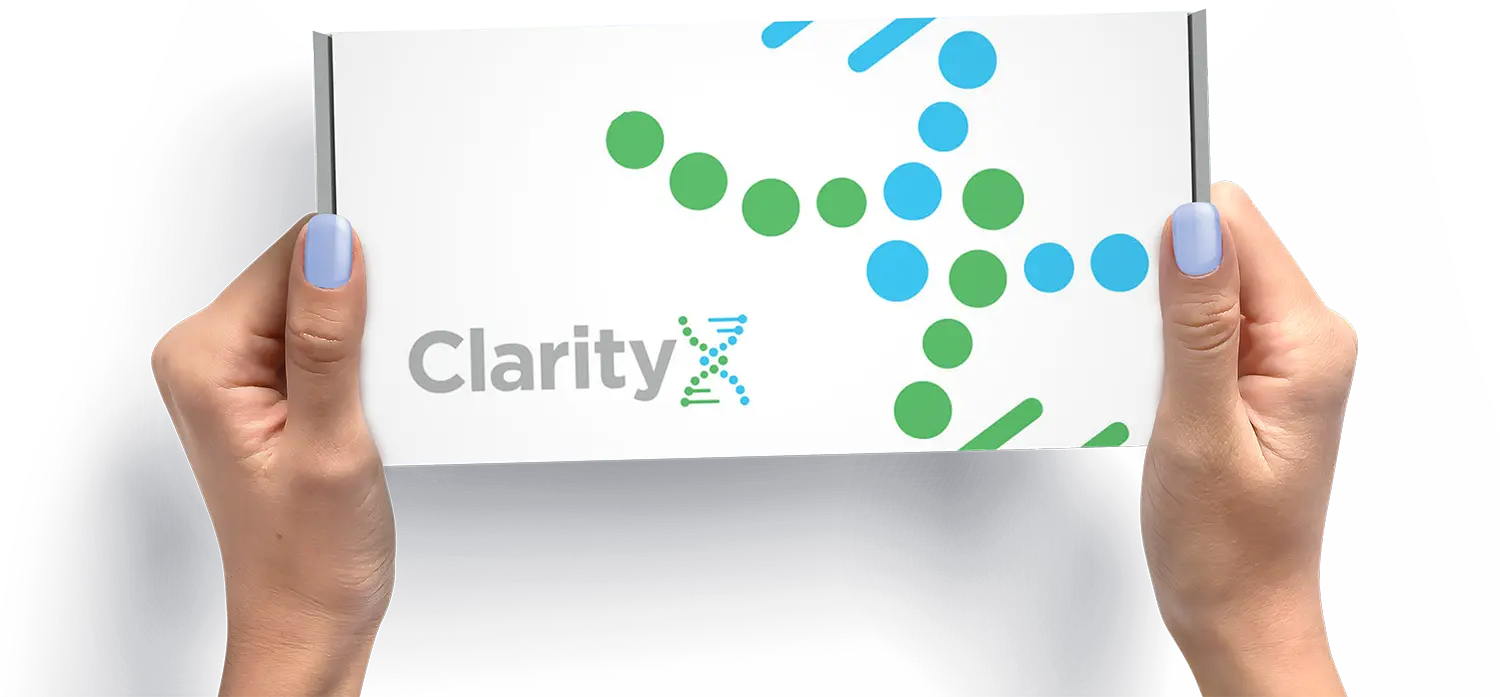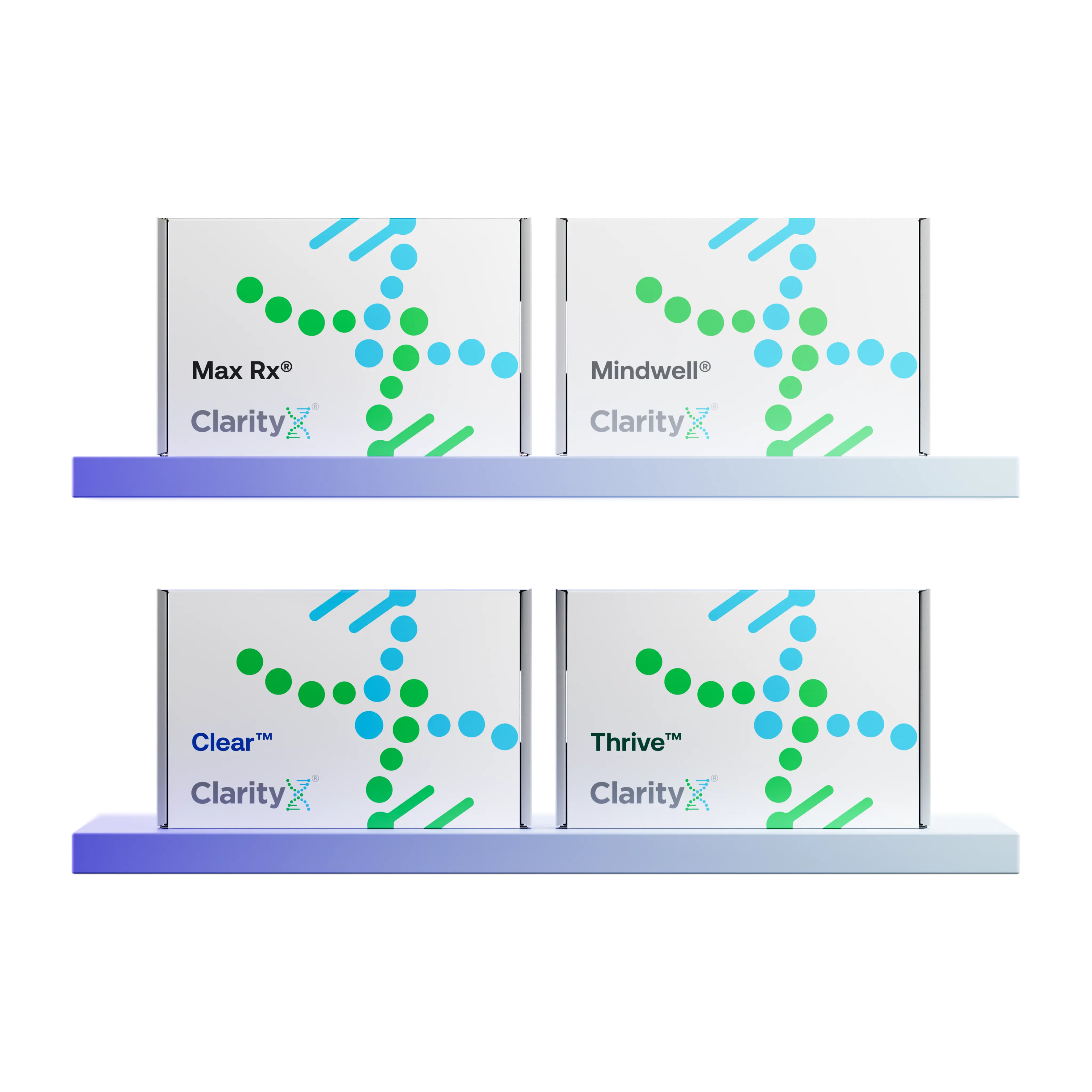Key Highlights
- ADHD paralysis, also referred to as an ADHD shutdown, stems from overwhelming information or sensory overload, affecting your executive functioning and mental health.
- The condition may manifest as analysis paralysis, choice paralysis, or task paralysis, each presenting unique challenges in decision-making and productivity.
- Symptoms include brain fog, time blindness, lack of focus, and feelings of overwhelm tied to the inability to process information effectively.
- Tools such as task management apps, setting achievable goals, establishing routines, and engaging in physical activity can help mitigate symptoms of ADHD paralysis.
- Emotional impacts like guilt and anxiety may affect social relationships, but constructive coping strategies offer relief and increased sustained attention over time.
Introduction
ADHD paralysis is a significant challenge associated with attention deficit hyperactivity disorder (ADHD). This occurs when you struggle to start or finish tasks because your brain is overwhelmed with too much at once. It is closely related to how your mind manages various activities, a function known as executive functioning.
A lesser-known aspect of ADHD is that many individuals mistakenly attribute this issue to laziness or procrastination, which is incorrect. Symptoms of ADHD, such as brain fog, time blindness, and difficulty maintaining focus, can make everyday activities and important tasks feel overwhelmingly difficult. By understanding the causes and learning strategies to manage decision paralysis, you can take positive steps to improve your mental health.
Understanding ADHD Paralysis
ADHD paralysis is when you feel stuck and unable to move forward due to overwhelming feelings of anxiety. You can feel frozen because there is too much to do or too much information at once. This is not because you lack the skills. It occurs due to issues with executive dysfunction and the way you process information. You may face analysis paralysis, fear of failure, or decision paralysis. These feelings make even small choices seem overwhelming and exhausting.
People can show different symptoms. Many will struggle with time management. Some feel sensory overload. Others see chaos when they look at their tasks. To handle this, the next thing you can do is learn what causes these problems.
The Science Behind ADHD-Related Paralysis
ADHD-related paralysis happens mostly because of executive dysfunction. This means the brain has trouble using thoughts and managing emotions and jobs. In people with an ADHD brain, it is hard to filter distractions. That is why brain fog can occur, and dopamine levels can fluctuate, which can lower motivation.
Emotional dysregulation is part of it, too, and is considered a core symptom of adult ADHD. The ADHD brain may react significantly to potentially minor things. That can make it even harder to think or plan. When this happens, all the feelings can pile up and cause what people call cognitive overload, also known as cognitive shutdown. This is something a lot of adults with hyperactivity disorder deal with every day.
ADHD task paralysis also changes with lower levels of dopamine. These levels affect how good or bad work and rewards seem in your mind. Dopamine levels can be effectively managed with the appropriate medication.
Everyone responds uniquely to medication due to genetics, especially genes influencing drug response and metabolism (pharmacogenomics). This is why genetic testing for ADHD medication is emerging as a tool, helping predict which drugs might work best or cause fewer side effects.
This individual variability also impacts ADHD task paralysis, which stems from lower dopamine levels. Dopamine affects how rewarding or unpleasant tasks appear. When these levels are low, tedious tasks or personal responsibilities feel more daunting and are harder to complete. Understanding these connections helps explain task paralysis and guides strategies for managing it.
Common Myths vs. Realities of ADHD Paralysis
Many people think ADHD paralysis is just like waiting to do something on purpose. But it’s not the same as simply putting things off. With ADHD paralysis, your mind stops working for a bit because of feeling too much at once, especially in young adults. This mental freeze is a common symptom of ADHD, not a sign of laziness.
Some people also believe that those with ADHD are stuck because they don’t care about their work or other duties. The truth is, decision paralysis often comes from a fear of failure or making the wrong choice. This fear makes it hard to move forward with confidence. Knowing the facts can help take away the blame or shame that’s attached to ADHD symptoms.
Many also say that ADHD paralysis shows up only when people do boring chores. That’s not true. Data shows it can happen during any activity—work projects, fun hobbies, or anything else. These facts help people understand what’s really going on with decision paralysis and other ADHD symptoms. This makes it easier to deal with these tough moments and know it’s a symptom of ADHD.
Identifying ADHD Paralysis in Daily Life
ADHD paralysis can make it hard to get through simple routines. You may find that even regular tasks at home or work feel too much. Some people struggle to make plans for large work projects or even complete small tasks. This is how ADHD paralysis and this type of paralysis, choice paralysis, show up in daily life.
You may also see this problem in your relationships or goals. A messy workspace or bad time management can stop you from getting ahead. It can be good to look at your own actions, how you feel, or notice when it feels hard to make a choice. This can help you see when ADHD paralysis or decision troubles are getting in the way.
Symptoms and Signs to Watch For
Symptoms of ADHD paralysis can look like procrastination, but there are deeper reasons behind it, including a lack of motivation. People often feel overwhelmed because of time blindness. This means you can lose track of time and have trouble keeping your focus on tasks for a long time.
There are other symptoms of ADHD paralysis, too. It can be hard to make choices because your brain struggles with sorting out what matters most. People with ADHD often talk about feelings of guilt or worry because they cannot finish important jobs that need to get done, which can also lead to physical symptoms of anxiety.
Some small signs can also show up. You might switch between jobs a lot or lose your train of thought. These often point to attention deficit or executive dysfunction. Noticing these things early is important to help manage the symptoms of ADHD in daily life.
How ADHD Paralysis Manifests at Work and Home
ADHD paralysis can make it hard at work, especially when you need to plan out details or finish big work projects. It often causes you to stop in your tracks and not move forward, which slows down the amount you accomplish.
At home, task paralysis can mean you do not finish chores or you forget appointments. Failing to handle these personal responsibilities can often leave you feeling upset and stuck.
Daily routines with family and their needs may also present special problems because there is often a lot to do and remember. A busy place can overstimulate an adhd brain. Making some changes, such as learning how to prioritize tasks, can help alleviate task paralysis when it comes to your family and personal responsibilities.
Psychological Impacts of ADHD Paralysis
The way ADHD paralysis affects your mind can go beyond just having trouble getting things done. It can take a real toll on your mental health. Many people who go through this feel things like guilt and anxiety. These feelings can make it hard for you to feel good about yourself. Over time, this can make any other mental health issues you have get even worse. This leads to more stress in your life.
Also, your social life and relationships can be affected. When ADHD paralysis gets in the way, talking to others and handling shared jobs at home or work can be tough. So, let’s look at what these feelings and changes in relationships are like when you deal with ADHD.
Emotional Toll on Individuals
ADHD paralysis can make you feel too much at once, and can leave you with strong feelings of guilt if you leave projects unfinished or miss deadlines. When you get stuck because of this, the guilt can get worse and turn into deeper worries, especially if you want to reach long-term goals or keep up your commitments.
This problem also makes it difficult for you to process information effectively. You may start to judge yourself mentally, thinking you're not good enough at work or in your personal life, even when you try hard. These are signs of executive dysfunction, and they can hurt your mental health, too.
When you feel a lot of stress from this paralysis, it gets even harder to focus. Your job and your goals at home can feel too big to handle. To deal with these feelings, you may need coping methods that work for you, and sometimes help from mental health professionals.
Effects on Relationships and Social Interaction
ADHD paralysis can make social situations hard. People may stop talking or not reply in time. This can hinder keeping up with others or fulfilling one's responsibilities in relationships. Sometimes, when someone has time blindness, their partner might think they do not care or are not honest.
There can be more confusion when the symptoms, like hyperactivity disorder or mental fog, are not clear to others. These signs can raise new concerns. It gets even harder when people close to them do not get what cognitive overload feels like or how it can change the way they deal with things every day.
It helps to have support that is both kind and organized. This should meet the needs of someone with ADHD. Even a few changes can help people work together more effectively and enjoy being with others more.
Practical Strategies to Manage ADHD Paralysis
Managing ADHD paralysis means using simple steps to help with executive dysfunction. It is essential to set personal goals that are achievable and to work within routines that are realistic and manageable. This helps lower the stress that comes with ADHD paralysis.
Tools like daily routines can help plan your day, make things more regular, and add structure. Easy-to-use apps can help you organize your tasks. They also help with the thinking stress that comes from ADHD freeze. There is no single fix for everyone, but having different ways to try, along with patience, may help alleviate your feelings of overwhelm. It can help you keep moving forward and have more good days.
Simplifying Tasks and Setting Achievable Goals
Breaking big responsibilities into smaller parts makes them easier to handle and helps your mind feel less overloaded. Task management gets better when you turn large goals into smaller tasks that you can reach. This usually looks like:
- Putting the most important things first before you move to other small tasks.
- Setting milestones so you can feel good every time you reach one.
- Using checklists so you can keep track of your progress in your mind.
This organized approach makes your daily goals seem more manageable and less daunting. Looking at what you have done every so often helps you stay on track for your mental health, but it doesn't leave you feeling worn out.
Techniques to Reduce Overwhelm and Anxiety
Reducing anxiety begins with simple habits, such as taking short breaks when transitioning from one task to the next. You can also utilize stress management skills, such as mindfulness or simple breathing exercises. These help clear your head and bring back focus.
To cope better at work, try using outside tools, such as body doubling techniques, to help match the pace of your job with your own processing capabilities. When you make personal changes, it gives you more control over the information you receive, and this can prevent feelings of guilt from worsening.
Doing things like taking a walk or doing some stretches can calm your mind. These actions help when you have ADHD and your brain feels busy from too much information. They can also make your sustained attention better, even when things feel out of control.
Importance of Routine and Structure
Having a set daily routine can help if you struggle with task paralysis. Simple, familiar habits help cut down on the fear of things changing a lot. They also help you move into different tasks and new responsibilities more easily.
When life is more organized, it gets easier to manage things that make you lose focus. Daily activities can feel more manageable when you plan your time clearly and stick to it. This makes it easier for your mind to function well, even in challenging situations.
You can take on new habits and stick to work-life plans without burning out. Routine gives you a steady base. This way, you are not using up too much of your energy or time. You have what you need to manage task paralysis and stay on top of everyday activities.
Technological Aids and Tools
Technology helps fill the gaps that task paralysis and ADHD brain issues can cause. Simple tools like calendar alerts can help with times when people lose focus. Tracking apps can help those with ADHD stay on top of their goals.
Digital solutions offer new reminders that reduce delays by clarifying next steps. This helps prevent ADHD task paralysis from worsening with daily jobs or work tasks. Looking at real examples can show how different tools give better support for those dealing with task paralysis and adhd task paralysis.
Apps and Software for Task Management
Apps and software can help with the difficult symptoms of ADHD. For example, Habit Tracker makes it easy to set check-ins so you can finish tasks without the worry that causes you to put things off.
In the same way, Google Tasks lets you see your progress and gives you comfort about deadlines.
These helpful applications utilize digital tools that reduce stress and support individuals with ADHD in achieving better outcomes. These systems can enhance each cycle of your routine and demonstrate how digital tools support stronger emotional control. This is good for their unique needs and the modern world.
How Technology Can Help in Reducing Paralysis
Using technology responsibly and with specific intent can help make daily routines easier, which is particularly helpful for people with attention deficit disorder or those who struggle with sensory overload. It helps to deal with things like getting too much sensory input at once or feeling disconnected from tasks. The table below illustrates how various tools and features can make life more manageable through consistent routines, reduced mental fatigue, and increased confidence. Each offers ways to better organize day-to-day activities, avoid repeating loops, and bring more control.
Trying out these tools could make it easier for people who struggle to stay focused. They support ways to include everyone by providing options that cater to their individual needs. The rise of digital options allows people to run their own daily experiments, which helps them find the best methods to stay productive, especially for those working with attention deficit and challenges related to sensory overload.
Conclusion
To sum up, dealing with ADHD paralysis takes more than one step. You need to be aware of the condition and also use practical steps that work. It is essential to recognize how it affects your mind and identify the signs. This can help you feel you have the power to control your daily life.
Try simple ways to organize tasks. Make routines you stick to. You can also use tools on your phone or computer to help. These can help alleviate feelings of overwhelm and worry. It helps a lot of the people around you offer support, and you utilize the help available from an ADHD coach or healthcare professional. With this, people managing ADHD can navigate tough times more effectively.
Lastly when considering strategies and treatment options for ADHD paralysis your genetics can also play a vital role in determining which medications will be best suited for you. A simple test can help reduce the trial and error process associated with finding the right medication.
Frequently Asked Questions
What are the first steps to take when feeling paralyzed by ADHD?
When you feel stuck because of ADHD, try to break the work into small steps. Make a to-do list and mark what is most important. Set a timer, and focus for short bits of time. You can also use mindfulness to help you stay present and feel less stressed. This will help you feel good every time you finish something on the list.
Can diet and exercise influence ADHD paralysis?
Yes, what you eat and how much you move can make a big difference with ADHD paralysis. Eating a good diet high in omega-3 fatty acids and getting regular physical activity can help you focus better, feel happier, and worry less. These changes may also help lower some symptoms that come with ADHD paralysis.
How can family members support a person experiencing ADHD paralysis?
Family members can help a person who has ADHD paralysis. The best approach is to communicate openly, show patience, and provide gentle reminders. It helps to suggest breaks while someone is working on a task. They can offer help, but it should not feel overwhelming at one time. It is good to notice and celebrate small wins. This creates a positive and motivating space where people feel more energized, motivated, and ready to accomplish their goals.
Are there specific therapies known to help with ADHD paralysis?
Several therapies help with ADHD paralysis. Cognitive Behavioral Therapy (CBT) works by building awareness of patterns in thoughts and behavior and developing personalized strategies for addressing concerning patterns as they arise. Coaching provides individuals with the tools to get organized. Mindfulness may help you stay calm and focused on the present. Medication may also be effective for some individuals. These treatments make it easier to handle everyday tasks and improve focus.
References
https://www.frontiersin.org/journals/psychiatry/articles/10.3389/fpsyt.2022.949321/full
https://www.frontiersin.org/journals/psychiatry/articles/10.3389/fpsyt.2023.1173989/full
https://journals.plos.org/plosone/article?id=10.1371/journal.pone.0280131
https://www.tandfonline.com/doi/full/10.1080/23279095.2023.2174438
https://www.frontiersin.org/journals/psychiatry/articles/10.3389/fpsyt.2021.706625/full
https://clarityxdna.com/blog/learn/pharmacogenetics-testing/






